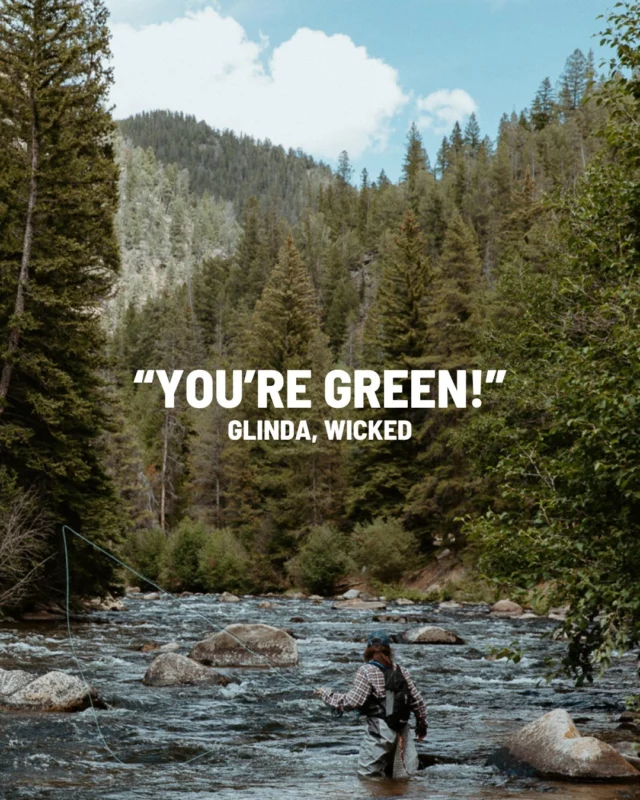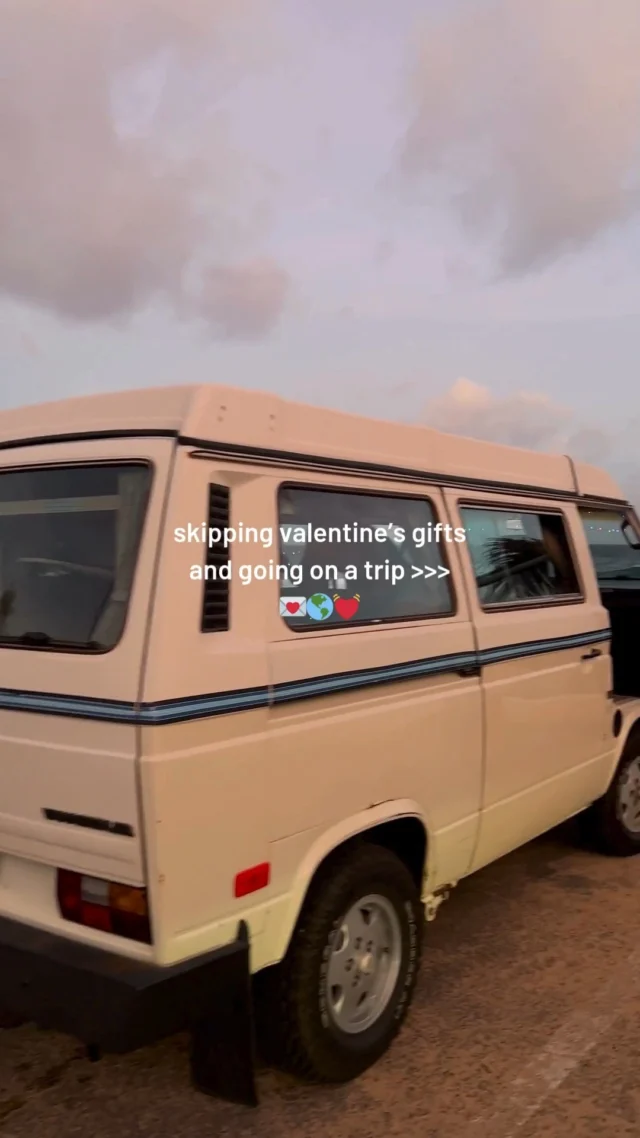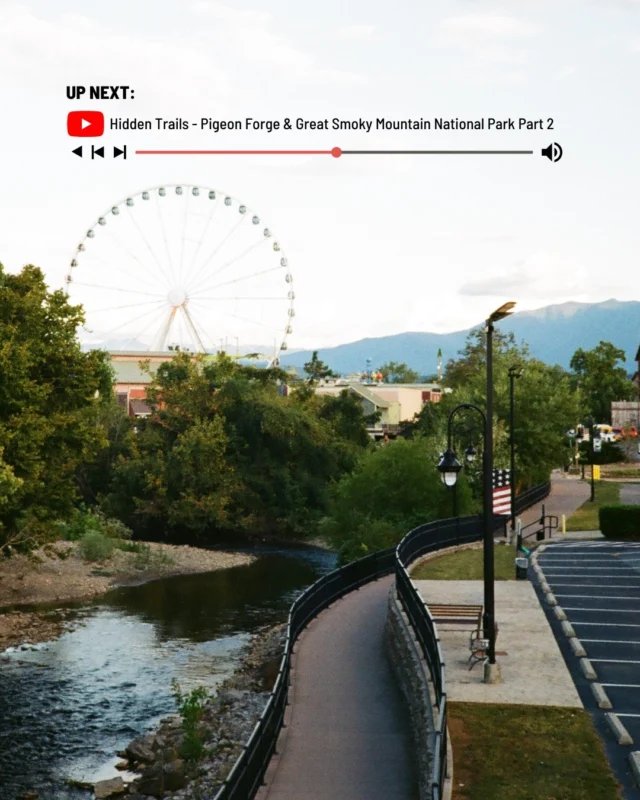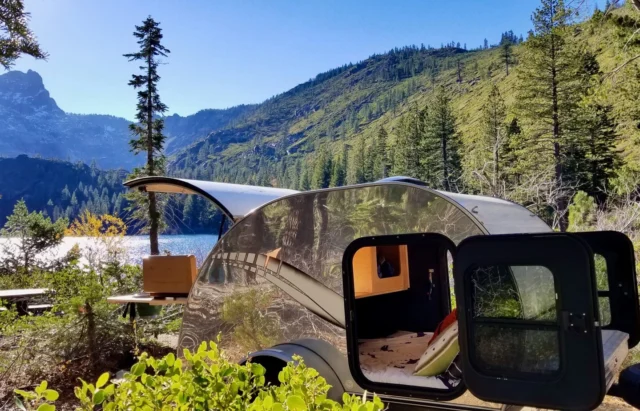
Tunnels are an alluring, fascinating part of a road trip! We grow up on fairy tales about magic tunnels and secret portals. Even when we’re practical grown-ups, there’s still a little bit of wonder about venturing through tunnels. Drive-through natural tunnels are especially fascinating because they seem to blend right into their surroundings. They’re a marvel of natural beauty and human ingenuity, and they make scenic road trip destinations.
It’s even possible to experience some natural tunnels in an RV. You will want to research the dimensions of your rig ahead of time, as some tunnels that can’t accommodate large RVs or trailers. Some tunnels also give you the option to leave your RV behind and walk through to experience them instead. You could also consider leaving your RV at your campsite and driving a tow vehicle through the tunnel.
However you choose to explore these tunnels, here are a few fascinating ones to add to your scenic road trip destinations.
Tunnel Log – Sequoia National Park, California
Sequoia National Park is home to the largest tree on earth by volume – the General Sherman Tree. The tree likely started growing before the birth of Jesus or the rise of the Roman Empire. Other trees in the park are even older. Sequoia also has the distinction of being California’s first national park.
Because these ancient trees are front and center here, it might be unsurprising to learn that when one fell across a road in 1937, it wasn’t removed. Workers left the massive sequoia tree in place and instead carved a tunnel into it so vehicles could drive through. It’s now one of the major focal points of the park, and many visitors make a point of driving through the Tunnel Log.
Along with driving through Tunnel Log and visiting General Sherman, you can tour Crystal Cave and see stalactites, stalagmites, and flowstones underground. Walk through Giant Forest – a grove with more than 8,000 giant sequoias, including General Sherman, and walk one of several paths through the area. Climb the more than 350 stone steps of Morro Rock to the top, where you’ll get panoramic views of the Sierra Nevada mountain range. Or hike 1.7 miles to Tokopah Falls to see the 1,200-foot waterfall.
About Driving the Tunnel Log
If you want to drive through Tunnel Log, your vehicle must be under 8 feet tall and shorter than 22 feet. The tunnel is 17 feet wide. These size restrictions prevent many RVs and trailers from being allowed in the tunnel, and there is a bypass road for large vehicles. The Tunnel Log is located along Crescent Road, which is usually closed from November – May for snow. Reservations are not required to drive through the tunnel.
Chandelier Drive-Thru Tree – Leggett, California
The Chandlier Drive-Thru Tree is a coast redwood tree with a tunnel carved into the trunk. It’s in the privately-owned Drive-Thru Tree Park, where people have visited it since the 1930s. The tree is about 276 feet tall, and about 16 feet around at chest height. The tunnel is 6 feet wide and 6 feet 9 inches high.
It was named the “Chandelier Tree” because of its branches, which resemble a chandelier and begin about 100 feet from the ground.
Along with the drive-through tree, the park has a gift shop with souvenirs and memorabilia. There is a duck pond at the park, and hiking paths take you through the redwood grove where the tree stands. The park is dog-friendly, but pets must be leashed.
The park is open daily from 8:30 am to sundown.
You’re also close to the Avenue of the Giants, and to Smithe Redwoods State Natural Reserve if you want to see more redwood trees. You could also venture about three hours north to Redwood National Park for even more of these forest giants.
About Driving the Chandelier Drive-Thru Tree
The Chandelier Drive-Thru Tree is one of the few remaining drive-through redwoods in California. The tunnel is large enough to allow most standard vehicles to drive through. However, you may need to use the bypass if you have a larger motorhome or trailer. A nearby parking lot means you can park your RV or motorhome and walk through the tree tunnel instead of driving. It costs $15 to drive through the tunnel, and $10 to walk, motorcycle, or bike through.
Red Arch Road Tunnel – Bryce Canyon Area, Utah
The Red Arch Road Tunnel is also commonly called the Red Canyon Tunnel. You can find it along Scenic Byway 12 on the way to Bryce Canyon National Park. The tunnel is about miles east of U.S. Highway 89 on State Route 12 near Panguitch, Utah.
The tunnel is man-made – a tunnel that was carved through a striking red rock formation in southern Utah. The tunnel was created in 1925 as part of an attempt to improve access to what is now Bryce Canyon. The tunnel’s opening was celebrated with a 315-car caravan and an appearance by Utah’s governor, George Dern.
Along with visiting the tunnel, you can hike or mountain bike nearby trails like the Tunnel Trail and Thunder Mountain Trail. Visit the Red Canyon Visitor Center for information on geology and ecology in the area. The tunnel is also a popular spot for photographs because of the red rock landscape and blue skies. If you want to take pictures, visit the tunnel in early morning or late afternoon for the best lighting.
About Driving the Red Arch Road Tunnel
The tunnel has a vertical clearance of about 13 feet 6 inches, and a width limit of 8 feet 6 inches wide. If your vehicle is taller or wider than that, you’ll want to use an alternative route to Bryce Canyon. If you’re not sure whether your car will make it, or want additional advice, you can contact the Utah Department of Transportation.
Nada Tunnel – Red River Gorge, Kentucky
The Nada Tunnel (which is pronounced “nay-duh”) was carved through solid sandstone. It’s a single-lane tunnel in Powell County, Kentucky, and serves as a gateway to the Red River Gorge Geological Area in the Daniel Boone National Forest. The tunnel is 900 feet long and was constructed between 1910-1911 by the Dana Lumber Company to help transport lumber to a sawmill. Workers used dynamite, steam drills, and hand tools to create the tunnel. It was originally 12 feet in height and width, but was expanded to 13 feet in height after a train got stuck.
Along with driving the Nada Tunnel, visitors to the area can hike, rock climb, and explore the Red River Gorge. Look for petroglyphs at Nada Tunnel 1 and Nada Tunnel 2. Visit the Gladie Visitor Center to learn about the area’s geology and history.
Local stories also indicate the tunnel might be haunted. One story tells of a construction worker who died when the tunnel was being created, after a stick of dynamite exploded while being thawed near a fire. Visitors say they have seen a mysterious green orb near the tunnel entrance and heard unexplained sounds in the tunnel.
About Driving the Nada Tunnel
The Nada Tunnel now accommodates traffic along Kentucky Route 77. The tunnel is 12 feet wide and 13 feet high, and only one vehicle can go through at a time. You’ll need to ensure there is no oncoming traffic in the tunnel before you enter. Use your headlights to improve visibility, so other traffic can see your vehicle and so you can see as you drive. There is no lighting inside the tunnel. Drive slowly and be ready to yield if you need to. If you have a larger vehicle, you’ll want to verify your size before you try to drive through the tunnel. There is not a bypass available, so you’ll need to plan an entirely different route if your vehicle can’t make it through.
Zion-Mount Carmel Tunnel – Zion National Park, Utah

The Zion-Mount Carmel Tunnel is a critical part of Route 9 through Zion National Park in southern Utah and one of the scenic road trip destinations at the park. When it was finished in 1930, the 1.1-mile tunnel was the longest of its kind in the United States. The tunnel is carved through solid sandstone. It has six large windows that allow in natural light and ventilation and provide amazing, if brief, views of the park as you drive.
This tunnel provides access when you’re driving from Zion to Bryce Canyon, the Grand Canyon, and other destinations.
About Driving the Zion-Mount Carmel Tunnel
Standard passenger vehicles can use the Zion-Mount Carmel Tunnel. However, large vehicles like RVs must use an escort because they can’t get through the tunnel without crossing over the center line. Throughout the day, the tunnel closes to traffic going the other way and RVs are allowed through the tunnel.
If your vehicle is 7 feet 10 inches wide and/or 11 feet 4 inches tall or larger, you need a tunnel permit to drive with an escort. When you arrive at Zion, you need to have your vehicle measured at the entrance station. If it’s oversized, but still allowed in the tunnel, you can purchase a tunnel permit for $15. The permit allows you two trips through the tunnel in the same vehicle within seven days of purchase. After you get your permit, you can drive to the tunnel, present the permit, and follow ranger instructions. Vehicles that are 13 feet 1 inch tall or larger, weigh more than 50,000 pounds, are combined vehicles over 50 feet long, or are individual vehicles more than 40 feet long are prohibited. Beginning in mid-2026, Zion National Park plans to reroute all oversized vehicles and end the escort program.
Safety tips for driving the tunnel:
- Drive slowly as you approach the tunnel. Watch for rangers and other pedestrians.
- Listen for and follow ranger instructions and traffic directions.
- Do not stop inside the tunnel.
- Drive past the tunnel kiosk on either side of the tunnel before trying to turn around.
Wawona Tunnel – Yosemite National Park, California
The Wawona Tunnel at Yosemite National Park is an impressive engineering marvel with amazing views of Yosemite Valley. The tunnel is on Highway 41 (Wawona Road), leading into the valley from the south. It’s 4,233 feet long, which makes it the longest highway tunnel in California. The tunnel opened in 1933, and teams excavated through solid granite. The interior is mostly unlined, so you can look up and see the raw rock in many places. Workers used dynamite, steam-powered equipment, and manual labor to clear the tunnel.
As you emerge from the eastern portal of the tunnel, watch for the Tunnel View pull-off, where you can stop and admire Yosemite Valley. This is one of the most photographed spots in the world and one of the most popular scenic road trip destinations. Families can get an amazing shot of themselves in front of Half Dome, El Capitan, and Bridalveil Fall.
About Driving the Wawona Tunnel
Standard vehicles can fit in the Wawona Tunnel. As you’re entering Yosemite Valley, the lowest point of the tunnel ceiling at the outside curb is 10 feet 2 inches. As you’re exiting Yosemite Valley, the curb edge is 13 feet 6 inches high.
The maximum vehicle length to go through the tunnel is 45 feet for single vehicles. The tunnel is open year-round, although chains may be required in winter.
Needles Eye Tunnel – Custer State Park, South Dakota
The Needles Eye Tunnel is one of the most photographed spots in Custer State Park and one of its biggest scenic road trip destinations. It’s part of the Needles Highway, which is a winding road through granite rock spires and sharp cliffs. The highway was considered almost impossible to build, and Governor Peter Norbeck personally marked out parts of the road on horseback.
Crews blasted through solid granite to build the tunnel, which was shaped to look like the eye of a needle. You can see another granite spire nearby that has a natural rock “eye” that looks similar to the tunnel. A set of rock formations in the area is called the Needles, and some of these rocks are 30 to 40 feet tall and needle-thin.
The tunnel and road are a favorite spot for photographers, motorcyclists, and hikers, and it’s especially pretty in the fall when the foliage makes bright spots around the canyon.
About Driving the Needles Eye Tunnel
The tunnel is just 8 feet 4 inches wide and 12 feet tall. RVs, trailers, and wide vehicles can’t fit through the tunnel. Even some large pickup trucks need to fold in their mirrors to get through!
The tunnel is only one lane, so traffic takes turns driving through from each side. During the summer, there may be delays during popular times at the park. The weeks around the Sturgis Motorcycle Rally can also be busy and have backups. There are pull-offs near the tunnel, so you can stop and take pictures.
The tunnel is closed to motor vehicles during the winter, usually from October until March. Hikers, snowshoers, and cross-country skiers can go through the tunnel on foot when it’s not open to vehicles. The road is unplowed, so you get a serene, sometimes challenging, trek through the quiet of the park in winter.
Exploring tunnels made from natural materials can be a beautiful way to see scenic road trip destinations. These tunnels are integrated into park landscapes so that you almost don’t notice they’re even there. When you do notice them, you can marvel at the feats of engineering that went into making these structures.
Most of these areas are near excellent campgrounds, so it’s easy to travel to them in an RV or trailer. Be sure to check the dimensions of any tunnel you want to travel through in an RV. With a little preparation and research ahead of time, you can enjoy an RV road trip through these tunnels…and to many other scenic road trip destinations as well!






